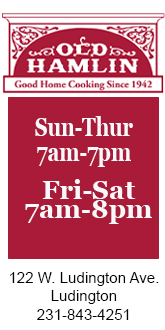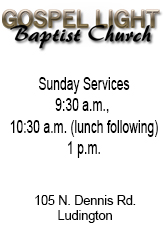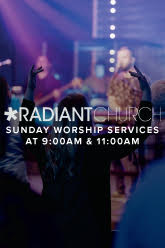This site is brought to you free through the generosity of our advertisers. Today we would like to feature a new advertiser, MyProLab.com, the official photographic lab of Media Group 31 (our parent company) and Alway Photography.
The Light Chaser. A blog by Rob Alway. Editor-in-Chief.
Chapter 3: Exposure.
Have you ever taken a picture that just turned out too light or too dark? Or, did you know that the camera was in focus but the subject still turned out blurry? A lot of this comes down to exposure.
The Merriam-Webster dictionary defines photography as the art or process of producing images by the action of radiant energy and especially light on a sensitive surface (as film or an optical sensor.
Exposure = Intensity x Time (or E=It).
In other words, creating a properly exposed picture is capturing the right amount of light by balancing time and focus. This is done three ways on a camera: Shutter, aperture and ISO (light sensitivity).
The first thing you need to ask yourself is evaluate your lighting conditions and adjust your ISO accordingly. Back in the “old” days of film, ISO was also known as film speed. Different speeds of film were used based on the lighting conditions you were photographing in. The lower the film speed, the brighter the conditions. This still holds true, except you are able to adjust your light sensitivity per image.
ISO is an acronym that means International Standards Organization, this really means nothing to the general public but might win you a prize at Trivia Night or on Jeopardy.
Standard ISO speeds are 100, 200, 400, 800, 1600, 3200, 6400, 12,800, 25,600, etc.
 Do you notice mathematically what is happening? Each one doubles. Each time it doubles, you are allowing your camera twice as much sensitivity to light. The trade-off is that you are also decreasing the pixel quality (known as noise). With film, the pictures became grainier. Doubling the ISO one time is called a “stop.” If you have changed the ISO from 100 to 400, you have increased the ISO by two stops. Most digital cameras also feature half stops or one-third stops as well.
Do you notice mathematically what is happening? Each one doubles. Each time it doubles, you are allowing your camera twice as much sensitivity to light. The trade-off is that you are also decreasing the pixel quality (known as noise). With film, the pictures became grainier. Doubling the ISO one time is called a “stop.” If you have changed the ISO from 100 to 400, you have increased the ISO by two stops. Most digital cameras also feature half stops or one-third stops as well.
As a general rule — when photographing with available light — lower numbers are for brighter conditions while higher numbers are for lower light.
– Sunny = 100, 200
– Partly cloudy = 400, 800
– Indoors or minimal light = 1600 or higher.
Next week we will discuss shutter.
 (1).png)
.jpg)
-Mason-County-Press.png)




.png)












































.png)









